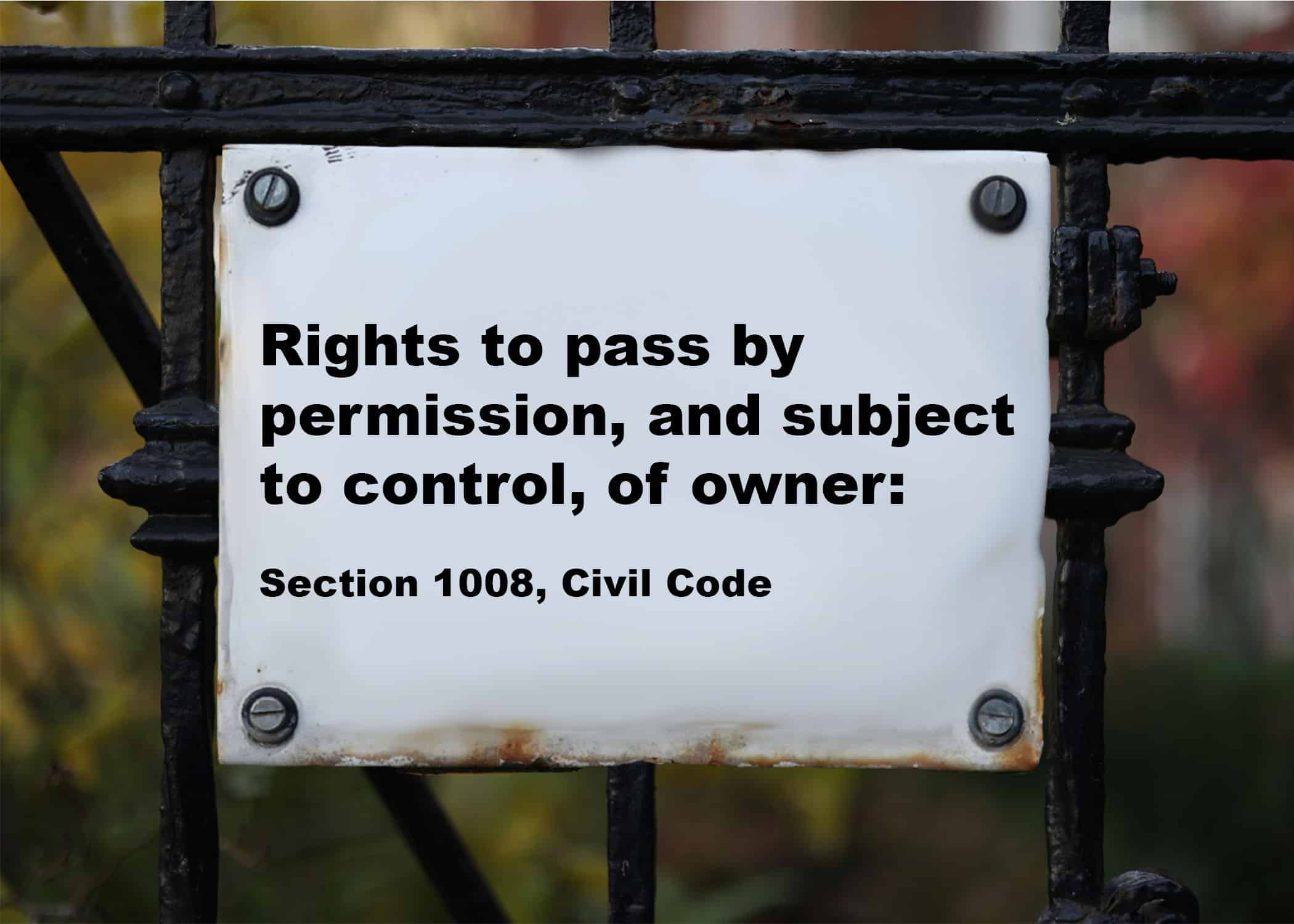Is there a way to protect your property from a prescriptive easement? What steps can you take to avoid someone using your property?
In this article, we will explore the concept of prescriptive easements and provide you with practical tips on how to protect your property from this type of encroachment. From taking action to prevent unauthorized use to monitoring your property for signs of prescriptive use, you’ll learn everything you need to know to safeguard your property rights. So, if you’re ready to take control of your property and protect it from prescriptive easements, read on!
Prescriptive Easements
As we discussed in a previous post, a prescriptive easement is an easement that arises by operation of law after open, continuous and uninterrupted, and hostile use of someone else’s property under a claim of right for the statutory period of five years.
In some instances, it may be too late to protect your property from a prescriptive easement. This is usually the case when the historical use has already occurred for five years or more before you purchase your property. Indeed, there is a common misconception that the five year period must pass while you are the owner of the property.
However, the law is clear that prescriptive easement clock does not restart simply because the property has been transferred. In fact, the legal doctrine of “tacking” deals with this very situation and provides that the new owner inherits the prescriptive use against a predecessor.
Protecting Your Property from a Prescriptive Easement
Assuming the claimant has not already met all the elements of prescription, there are several ways to prevent use from ripening into a prescriptive easement. As a first order of business, it is important to understand exactly where your boundary lines are located so you can diligently monitor unapproved use of your property and stop continued use before it ripens into a prescriptive easement. This can be accomplished by obtaining a survey of your property from a licensed surveyor.
In addition to being vigilant about unapproved use of your property, one popular option is to post at each entrance to the property or at intervals of more than 200 feet along the boundary a sign which substantially states as follows “Rights to pass by permission, and subject to control, of owner: Section 1008, Civil Code.” This works to defeat the “hostile” element of a prescriptive easement via permission. A related alternative option to protect against prescription by the general public is to record a notice of consent to use of land which describes the subject property and substantially reads as follows:
The right of the public or any person to make any use whatsoever of the above described land or any portion thereof (other than any use expressly allowed by a written or recorded map, agreement, deed or dedication) is by permission, and subject to control, of owner: Section 813, Civil Code.
If the notice of consent is directed to use of the subject property by specific persons other than the general public, the notice must be served on the particular user by registered or certified mail, return receipt requested.
Permission
However, in certain instances, permission should be given cautiously as some types of permissive use can ripen into an irrevocable license, which could create a nearly permanent right to maintain a physical encroachment on someone else’s property.
Schorr Law, APC has extensive experience litigating all types of easement disputes in Los angeles, including disputes related to prescriptive easements. Please contact us to inquire about scheduling a consultation on your easement issue.



